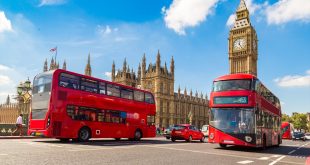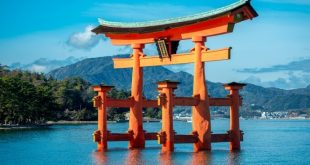The tourist activity in the country has consolidated as an important engine for the Mexican economy and as one of the main sources of foreign exchange for our country. With a participation of 8.5% in the national GDP, the potential offered by tourism to Mexico is enormous, since it is a labor-intensive sector with a great economic spillover throughout the country. It is estimated that the sector employs around 9 million people directly and indirectly. In addition, it is the leading employer of young people, and women make up the majority of its workforce.

Tourism in Mexico is going through its best moment. Since 2014, the country is among the 10 most visited destinations worldwide, and last year received a record of 32.1 million international tourists who also generated a record of foreign exchange earnings of about $17.5 billion dollars.
For its part, domestic tourism represents just over 80% of tourism consumption in Mexico and is mainly responsible for the high levels of hotel occupancy that have been registered in the country in recent years.
The good dynamics of tourism reflects the effort made to increase the competitiveness of our destinations through actions in infrastructure, investment, promotion, innovation and diversification of the tourism offer.
In order to understand how tourism impacts the economy and transforms the lives of millions of Mexicans, the evolution of the sector’s most relevant indicators is presented below.
Definition of tourism
Tourism refers to all the activities that people do during their trips to places other than their usual environment. For an individual to be considered as a tourist he or she must make a trip lasting at least one night and less than a year, and must not carry out paid activities in the place visited.
The main reasons why tourist activities are carried out are: recreation, business meetings, conventions, congresses, activities related to sports, medical operations, visiting acquaintances, religious beliefs, shopping or studies.
The trips with tourist characteristics but with duration less than one day, without overnight stay, are hiking trips. The traveler who leaves the city where he lives, visits a nearby town to eat the typical food of the place, attend a business appointment or do some shopping, and returns the same day, is known as a hiker.
The number of economic activities that participate in tourism is very large, since travelers require transportation, food, lodging, communication services, recreation and medical services, among others.
The above speaks of a transversal character of the tourism industry, which integrates a great variety of services and products linked to other sectors and economic activities, with an important impact on the national economy, on the generation of jobs and on the well-being of the population.
 Global Tourism Information on tourism in the world
Global Tourism Information on tourism in the world



